Home>Gardening & Outdoor>Landscaping Ideas>How To Fix Winter-Killed Grass
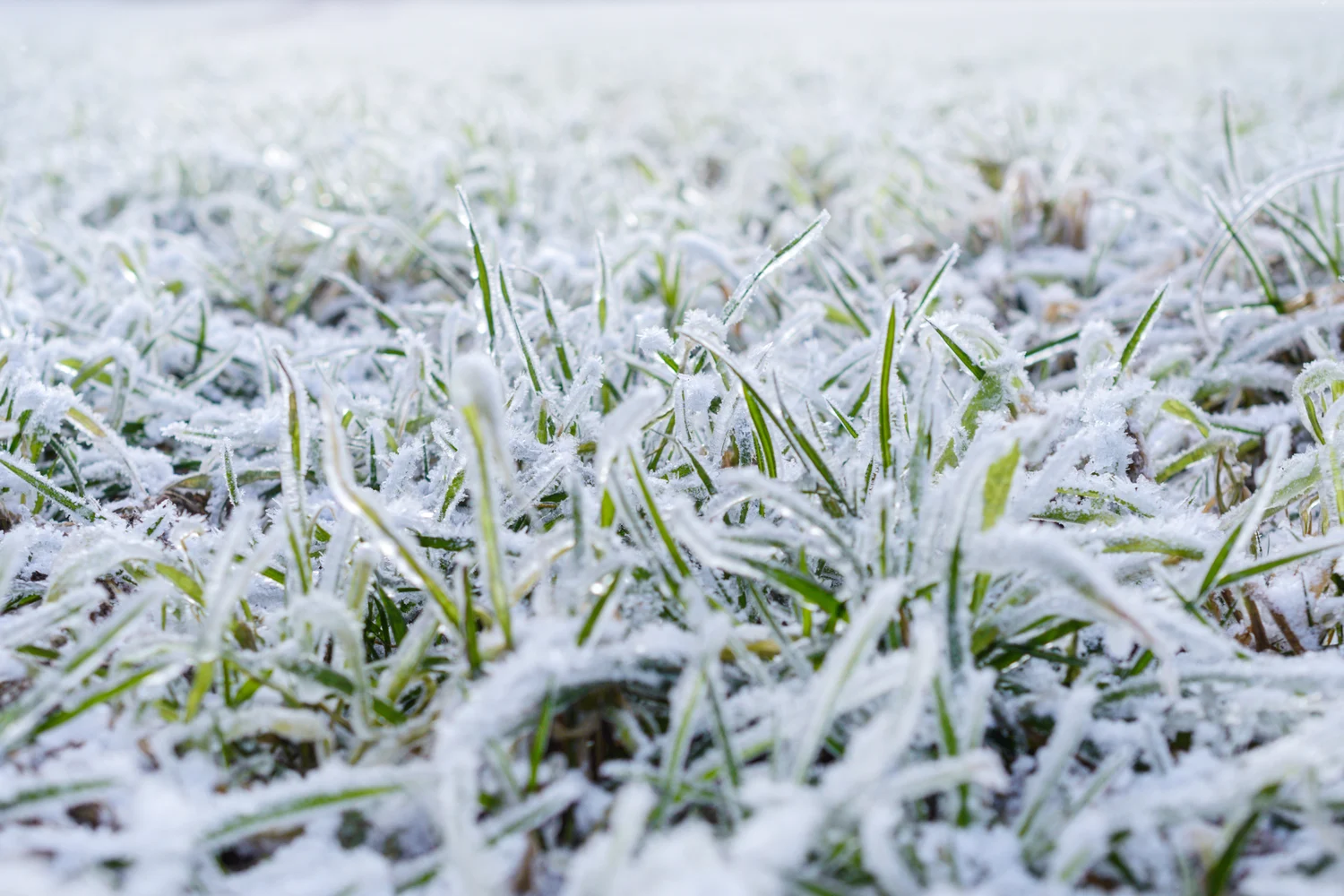

Landscaping Ideas
How To Fix Winter-Killed Grass
Published: January 30, 2024
Learn effective landscaping ideas to repair winter-killed grass and restore the beauty of your lawn. Get expert tips and solutions for a lush, green yard.
(Many of the links in this article redirect to a specific reviewed product. Your purchase of these products through affiliate links helps to generate commission for Storables.com, at no extra cost. Learn more)
**
Introduction
**
As winter gives way to the vibrant renewal of spring, many homeowners eagerly anticipate the revival of their lush green lawns. However, the harsh winter conditions can leave behind a less-than-ideal landscape, with patches of winter-killed grass marring the once-immaculate expanse. The sight of brown, lifeless grass can be disheartening, but fear not, for there are effective remedies to restore your lawn to its former verdant glory.
Winterkill occurs when grass is unable to withstand the extreme cold, leading to its demise. This can be attributed to a variety of factors, including ice cover, desiccation, and low temperatures. Identifying the signs of winter-killed grass is the first step toward remedying the issue. Once the problem areas have been pinpointed, a strategic plan can be implemented to facilitate the recovery process.
In this comprehensive guide, we will delve into the nuances of identifying and rectifying winter-killed grass, equipping you with the knowledge and techniques needed to revive your lawn. From reseeding and fertilizing to proper watering and maintenance practices, each step is pivotal in the journey toward rejuvenating your outdoor oasis. By following these expert tips, you can bid farewell to the desolate patches and usher in a revitalized, flourishing lawn that will be the envy of the neighborhood. Let's embark on this transformative endeavor and breathe new life into your winter-weary grass.
Key Takeaways:
- Identifying winter-killed grass is crucial for effective recovery. Look for brown discoloration, excessive thatch, and compacted soil. Understanding these signs helps target the right solutions for a lush lawn.
- Reviving winter-killed grass involves steps like clearing debris, reseeding, and proper watering. Patience and diligence are key. With expert tips, you can transform barren patches into a thriving green oasis.
Read more: How To Kill Winter Grass
Identifying Winter-Killed Grass
Before embarking on the journey to revive your lawn, it is crucial to accurately identify the areas affected by winter-killed grass. This discernment will enable you to target your efforts effectively and implement the most suitable remedial measures. Here are the key indicators to look for when identifying winter-killed grass:
- Discoloration: Winter-killed grass often exhibits a distinct brown or straw-like hue, signaling its compromised state. The contrast between the lifeless patches and the vibrant green areas is a telltale sign of winter damage.
- Thatch Layer: A thick thatch layer can exacerbate the effects of winterkill, impeding the grass’s ability to survive the harsh conditions. If you notice an excessive thatch layer in the affected areas, it may contribute to the grass’s demise.
- Root Examination: Digging into the soil to inspect the roots of the grass can provide valuable insights. Healthy roots are firm and white, whereas winter-killed grass may display brown, mushy, or absent roots.
- Soil Compaction: Compacted soil can hinder the grass’s resilience, making it more susceptible to winter damage. If the affected areas exhibit signs of soil compaction, it is essential to address this issue in conjunction with treating winter-killed grass.
- Location-Specific Symptoms: Certain areas of the lawn, such as low-lying spots or areas near road salt runoff, are more prone to winterkill. Observing patterns in the distribution of affected areas can offer valuable insights into the underlying causes.
By keenly observing these indicators, you can accurately pinpoint the areas afflicted by winter-killed grass and gain a deeper understanding of the contributing factors. Armed with this knowledge, you can proceed to implement targeted solutions to facilitate the rejuvenation of your lawn.
Steps to Fix Winter-Killed Grass
Reviving winter-killed grass requires a systematic approach that encompasses various remedial measures aimed at nurturing the recovery of the affected areas. By following these steps diligently, you can breathe new life into your lawn and witness the gradual transformation of barren patches into thriving green expanses.
1. Clearing Debris and Thatch
Begin the revitalization process by clearing the affected areas of any debris, such as fallen leaves or dead grass, which can impede the grass’s resurgence. Additionally, addressing excessive thatch buildup is essential, as it can hinder the penetration of water and nutrients into the soil.
2. Aeration
Aerating the soil in the affected areas promotes better air circulation, water absorption, and nutrient uptake, creating an optimal environment for grass reestablishment. This process alleviates soil compaction and enhances the overall health of the lawn.
3. Soil Testing and Amendment
Conduct a soil test to assess its pH levels and nutrient composition. Based on the results, amend the soil with the necessary nutrients and organic matter to create an ideal foundation for the reseeding process. This step is crucial for fostering the healthy growth of new grass.
4. Reseeding
Reseed the barren patches with high-quality grass seed that is well-suited to your specific climate and soil conditions. Ensure proper seed-to-soil contact by gently raking the soil surface after seeding, promoting germination and robust growth.
5. Fertilization
Applying a balanced fertilizer to the reseeded areas provides the young grass with essential nutrients for vigorous growth. Opt for a fertilizer with a formulation tailored to newly seeded lawns, promoting strong root development and overall resilience.
6. Mulching
Applying a thin layer of mulch over the newly seeded areas helps retain soil moisture, regulate temperature, and protect the emerging grass seedlings. This protective covering encourages optimal conditions for germination and establishment.
7. Monitoring and Patience
Consistent monitoring of the reseeded areas is vital, ensuring adequate moisture levels and addressing any emerging issues promptly. Exercise patience, as the rejuvenation process takes time, and gradual progress is to be expected.
By meticulously following these steps, you can effectively address winter-killed grass and set the stage for the resurgence of a vibrant, healthy lawn. Each measure plays a pivotal role in nurturing the recovery of the affected areas, ultimately yielding a lush and rejuvenated landscape.
Overseed the affected areas with cool-season grass seed in the early spring to help fill in the bare spots left by winter-killed grass. Keep the area well-watered to promote new growth.
Reseeding and Fertilizing
Reseeding and fertilizing are integral components of the remedial process for winter-killed grass, playing a pivotal role in facilitating the rejuvenation of the affected areas. These measures are essential for establishing robust, healthy grass that can thrive in the wake of winter damage. Here’s a detailed exploration of the reseeding and fertilizing process:
Reseeding
When reseeding winter-killed areas, it is crucial to select high-quality grass seed that aligns with the specific conditions of your lawn, including the climate, soil type, and sun exposure. Opt for a blend that is resilient and well-suited to the local environment, promoting long-term vitality and sustainability.
Prior to reseeding, prepare the soil by loosening the top layer and removing any debris or dead vegetation. This creates an optimal environment for seed germination and initial growth. Evenly distribute the grass seed over the prepared areas, ensuring thorough coverage without overcrowding the seedlings.
After seeding, gently rake the soil surface to promote seed-to-soil contact, facilitating successful germination. This step is instrumental in establishing a strong foundation for the new grass to flourish. Additionally, applying a thin layer of mulch over the seeded areas helps retain moisture and protect the emerging seedlings, fostering an environment conducive to growth.
Fertilizing
Following reseeding, the application of a balanced fertilizer is essential for providing the newly seeded areas with the necessary nutrients for robust growth and development. Select a fertilizer specifically formulated for newly seeded lawns, as it contains the ideal blend of essential nutrients to support the establishment of healthy grass.
When fertilizing reseeded areas, it is important to follow the recommended application rates to avoid over-fertilization, which can be detrimental to the young grass. Proper timing of fertilizer application is also crucial, typically occurring after the initial mowing of the newly established grass to promote sustained growth and vitality.
By meticulously tending to the reseeding and fertilizing process, you can nurture the revival of winter-killed grass, ushering in a resurgence of lush greenery across your lawn. These measures lay the groundwork for the establishment of a resilient and vibrant turf, poised to thrive in the seasons to come.
Watering and Maintenance
Proper watering and diligent maintenance are paramount in nurturing the recovery of winter-killed grass, fostering optimal conditions for the reestablishment of a vibrant, healthy lawn. By adhering to strategic watering practices and implementing meticulous maintenance routines, you can expedite the revitalization process and ensure the long-term resilience of your grass. Here’s a comprehensive guide to effective watering and maintenance:
Watering
Consistent and adequate watering is essential for supporting the growth of reseeded areas and promoting the overall health of the lawn. Upon reseeding, it is crucial to maintain moist soil conditions to facilitate successful germination and robust establishment of the new grass. Here are key considerations for effective watering:
- Initial Watering: Immediately after reseeding, lightly water the seeded areas to ensure the soil is adequately moist, promoting the initiation of germination. Avoid excessive watering, which can lead to runoff and uneven seed distribution.
- Subsequent Watering: As the newly seeded grass begins to germinate and grow, maintain consistent moisture levels in the soil. Depending on the climate and soil composition, this may involve light, frequent watering to prevent the soil from drying out.
- Deep Watering: Once the new grass has established a stronger root system, transition to deeper, less frequent watering sessions. This encourages the development of deep, resilient roots and reduces the dependence on frequent irrigation.
- Monitoring Soil Moisture: Regularly assess the moisture levels in the reseeded areas, adjusting the watering frequency and duration based on the specific needs of the grass and soil conditions.
Maintenance
Comprehensive maintenance practices are instrumental in nurturing the recovery of winter-killed grass and fostering the long-term health of the lawn. From mowing and weed control to ongoing monitoring, diligent maintenance is key to sustaining the revitalization efforts. Here are essential maintenance considerations:
- Mowing: Once the reseeded grass reaches an optimal height, carefully mow the area, ensuring the mower blades are sharp and set to the appropriate height to avoid stressing the young grass.
- Weed Management: Vigilantly monitor the reseeded areas for any signs of weeds and address them promptly to prevent competition for nutrients and space that can impede the growth of the new grass.
- Fertilization Schedule: Adhere to a well-defined fertilization schedule, providing the reseeded areas with the necessary nutrients to support healthy growth and sustained vitality.
- Regular Inspection: Consistently inspect the reseeded areas for signs of progress, ensuring that the grass is thriving and addressing any emerging issues promptly.
By prioritizing strategic watering practices and meticulous maintenance routines, you can effectively nurture the recovery of winter-killed grass and cultivate a resilient, thriving lawn that enhances the beauty of your outdoor space. These efforts lay the groundwork for a verdant landscape that will be the pride of your property.
Read more: How To Kill Crabgrass
Conclusion
Embarking on the journey to rectify winter-killed grass is a transformative endeavor that holds the promise of revitalizing your outdoor sanctuary. By identifying the signs of winter damage and implementing targeted remedial measures, you can breathe new life into your lawn and witness the gradual resurgence of lush, vibrant grass. From reseeding and fertilizing to strategic watering and meticulous maintenance, each step plays a crucial role in nurturing the recovery process.
As you navigate the journey toward restoring your lawn, it is essential to approach the endeavor with patience and dedication. Reviving winter-killed grass is a gradual process that requires attentive care and a steadfast commitment to providing the optimal conditions for the reestablishment of healthy, resilient turf. By adhering to expert tips and best practices, you can expedite the revitalization process and set the stage for the flourishing landscape you envision.
Ultimately, the successful remediation of winter-killed grass yields more than just a revitalized lawn—it fosters a sense of pride and satisfaction in witnessing the transformation of barren patches into thriving green expanses. The beauty and vibrancy of a well-maintained lawn extend beyond mere aesthetics, enriching your outdoor environment and creating a welcoming space for relaxation and enjoyment.
As you tend to your lawn with care and diligence, remember that each nurturing action contributes to the overarching goal of fostering a resilient and verdant landscape. Whether it’s the tender act of reseeding, the strategic application of fertilizer, or the mindful oversight of watering and maintenance, every effort propels your lawn toward renewed vitality and enduring beauty.
In conclusion, the journey to fix winter-killed grass is a testament to your dedication to cultivating a thriving outdoor haven. By embracing the expert guidance and infusing your efforts with passion, you are poised to witness the remarkable transformation of your lawn—a testament to nature’s resilience and the rewards of attentive stewardship.
Frequently Asked Questions about How To Fix Winter-Killed Grass
Was this page helpful?
At Storables.com, we guarantee accurate and reliable information. Our content, validated by Expert Board Contributors, is crafted following stringent Editorial Policies. We're committed to providing you with well-researched, expert-backed insights for all your informational needs.
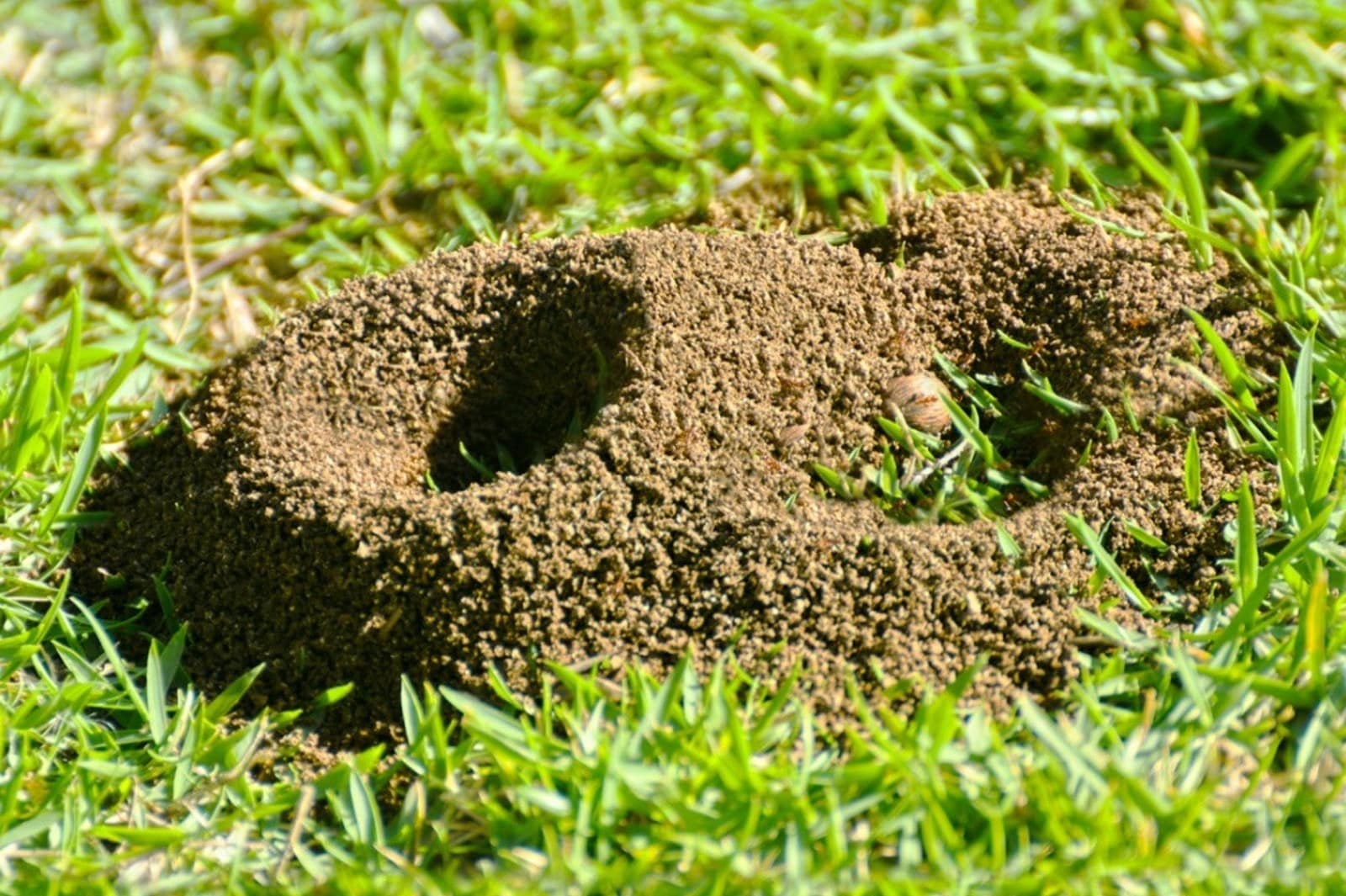
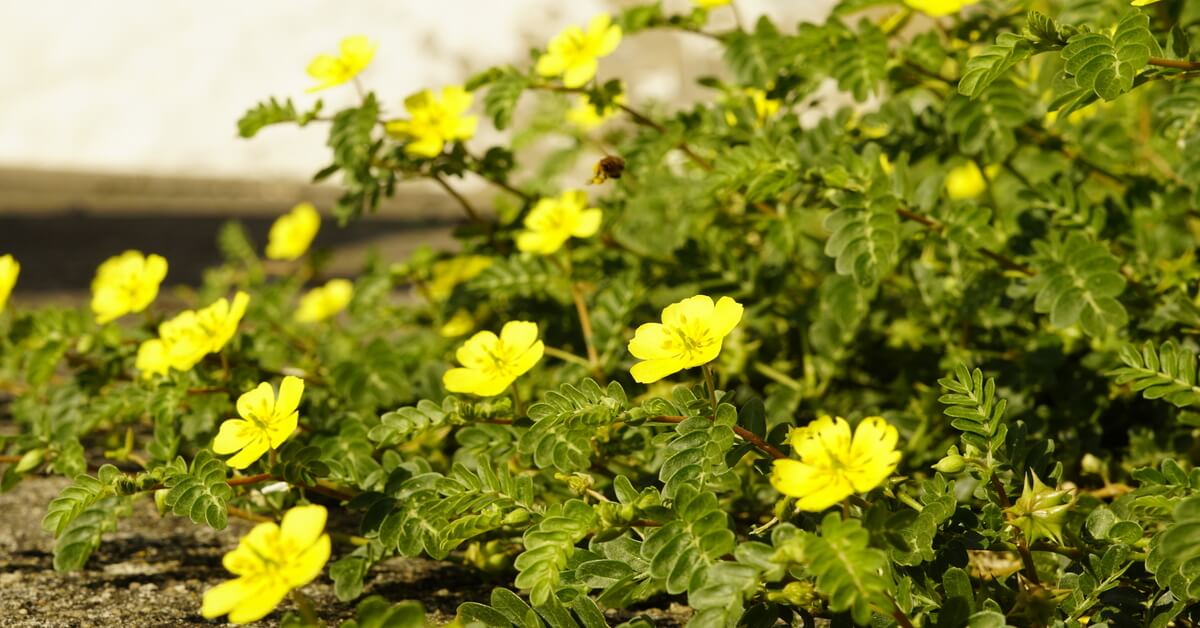
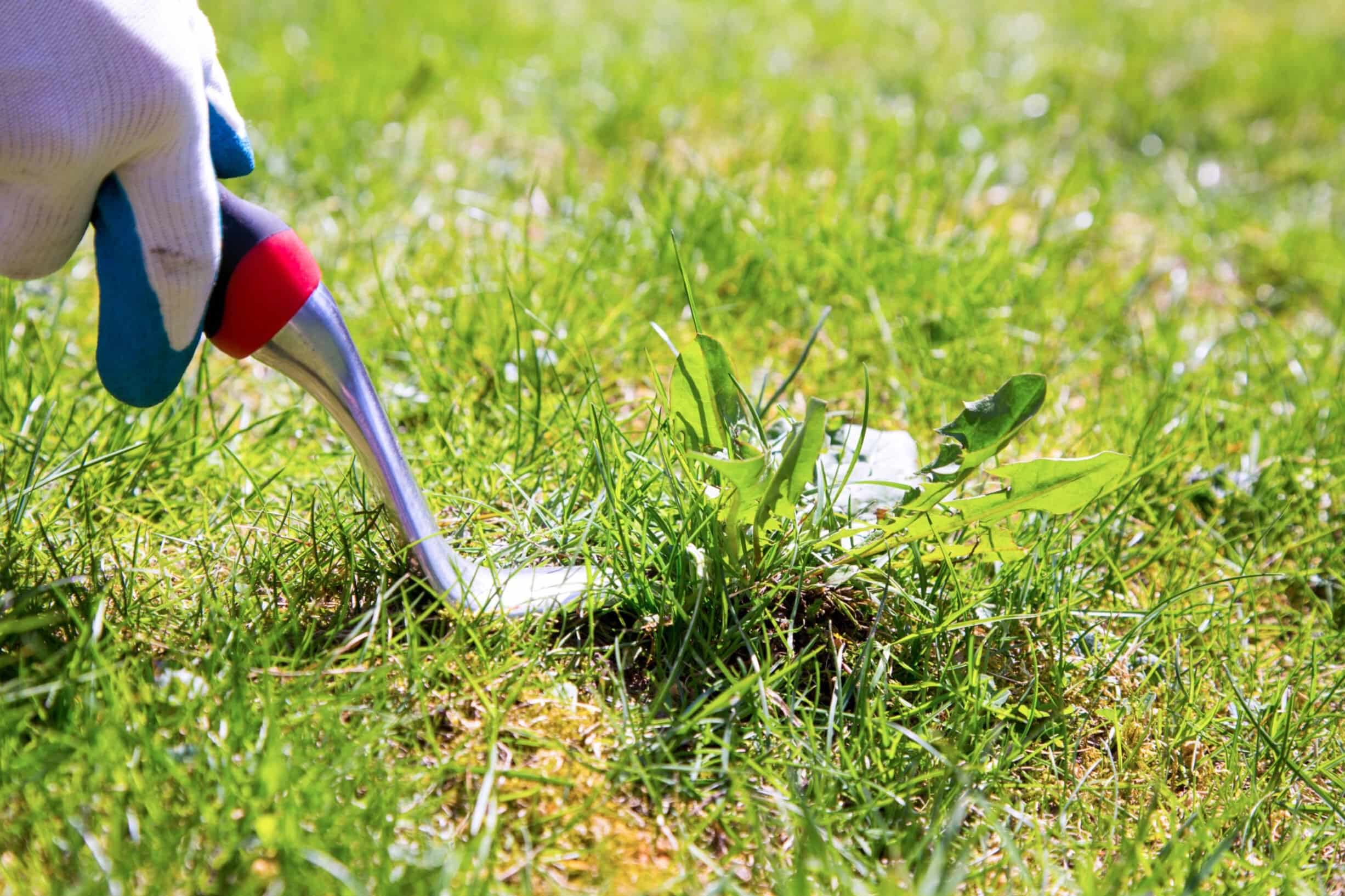
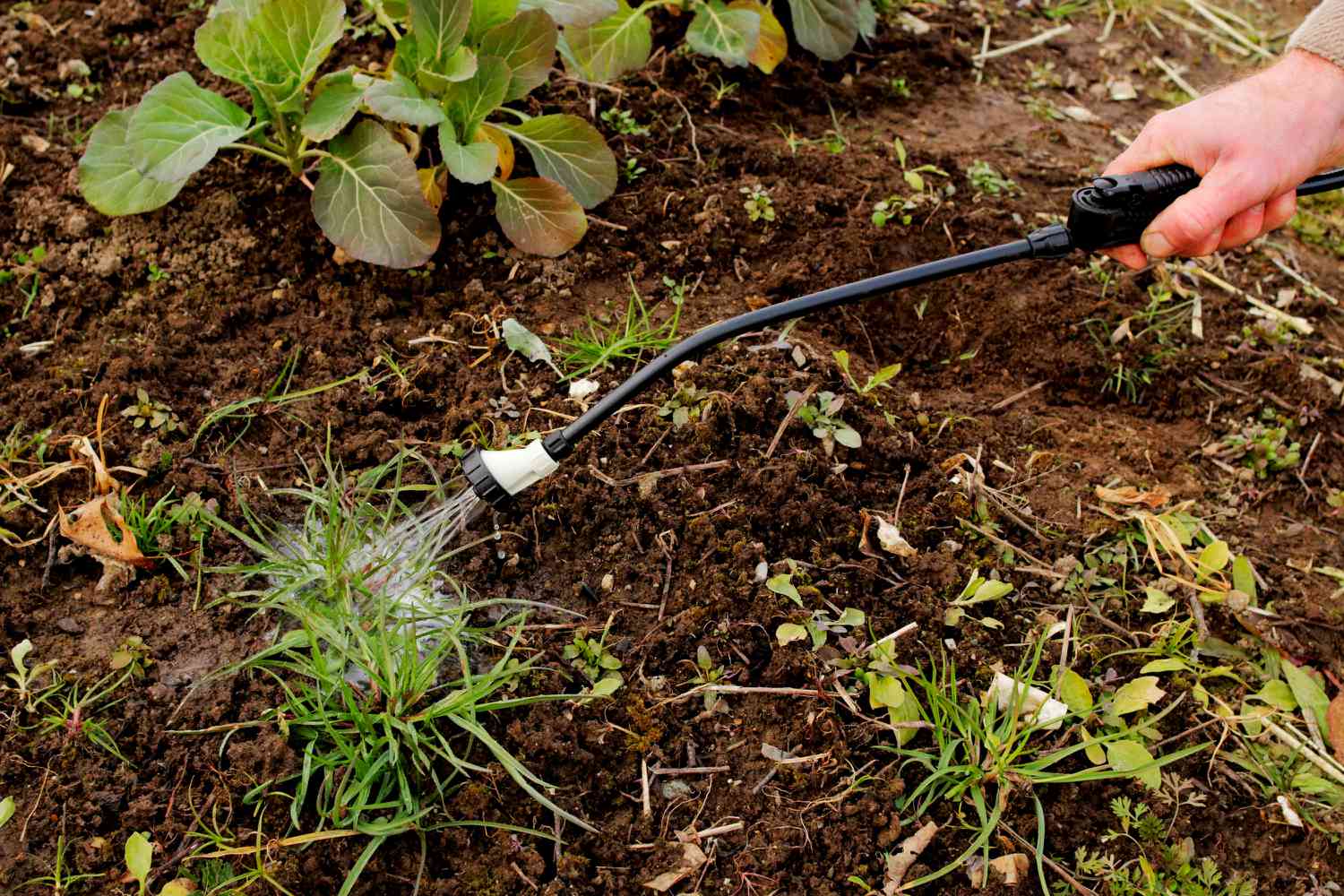

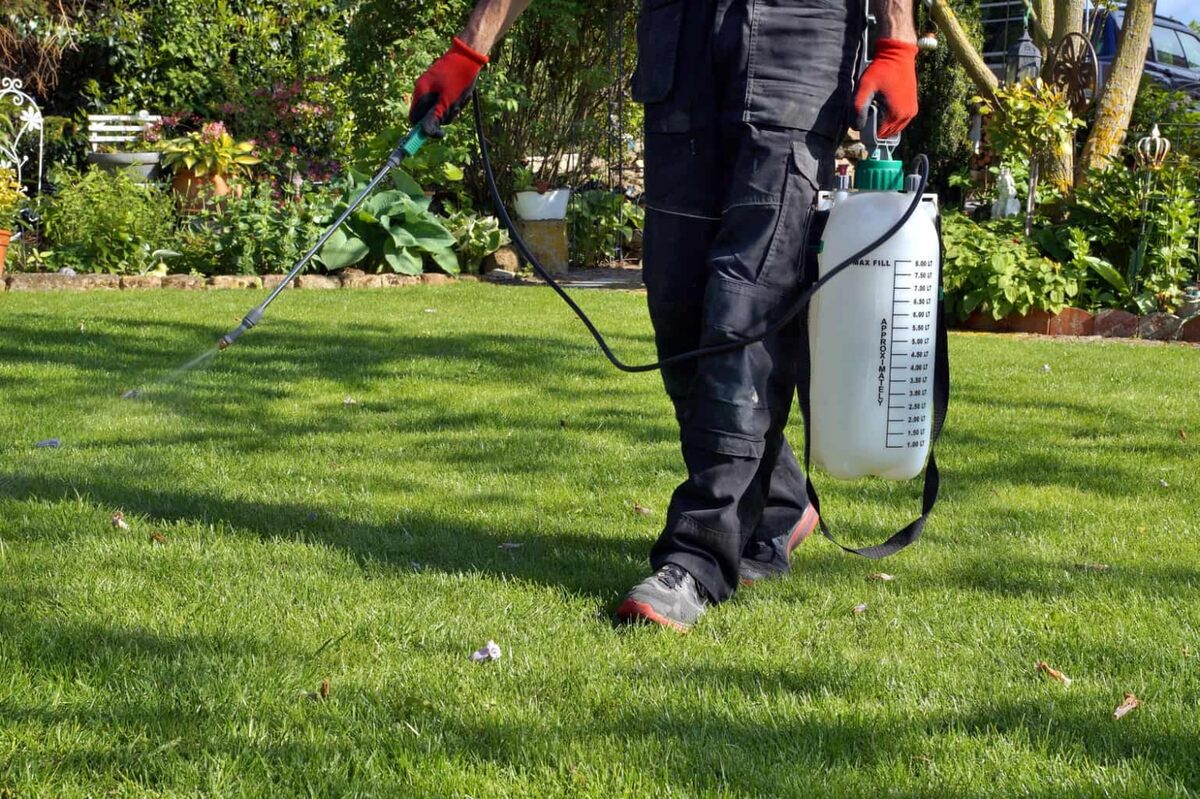
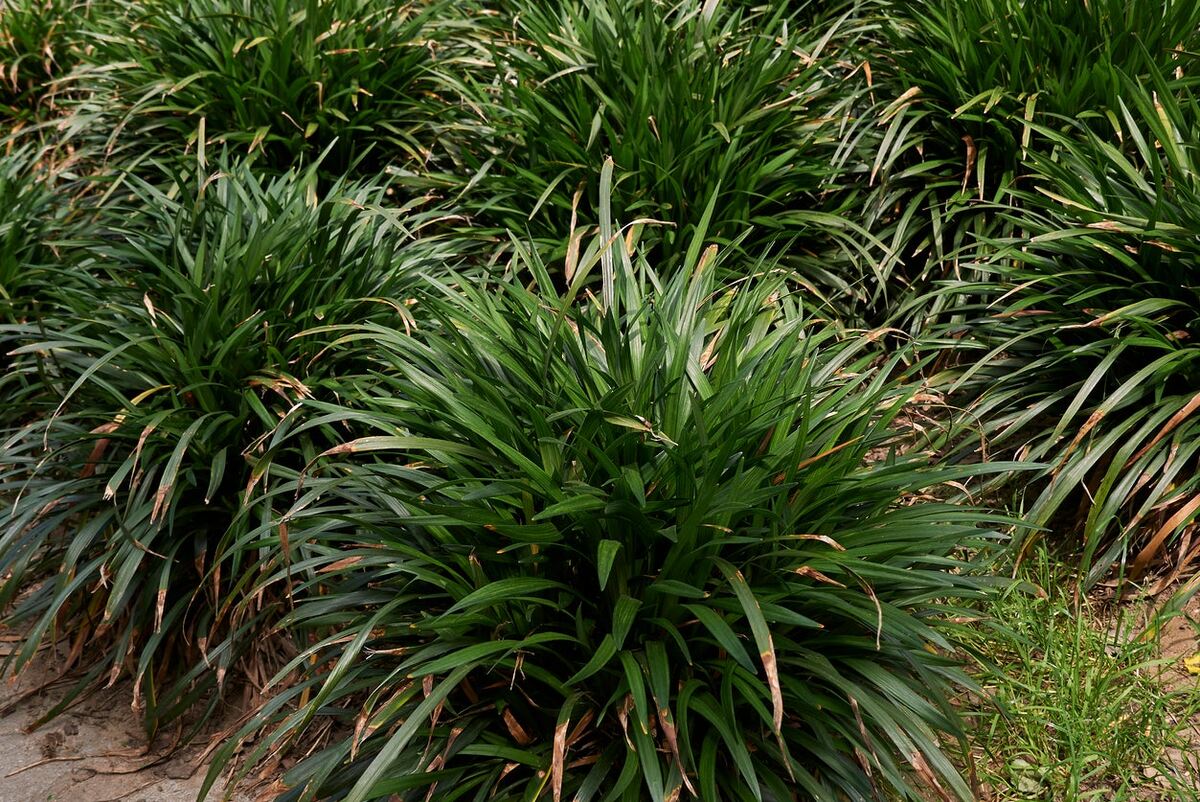
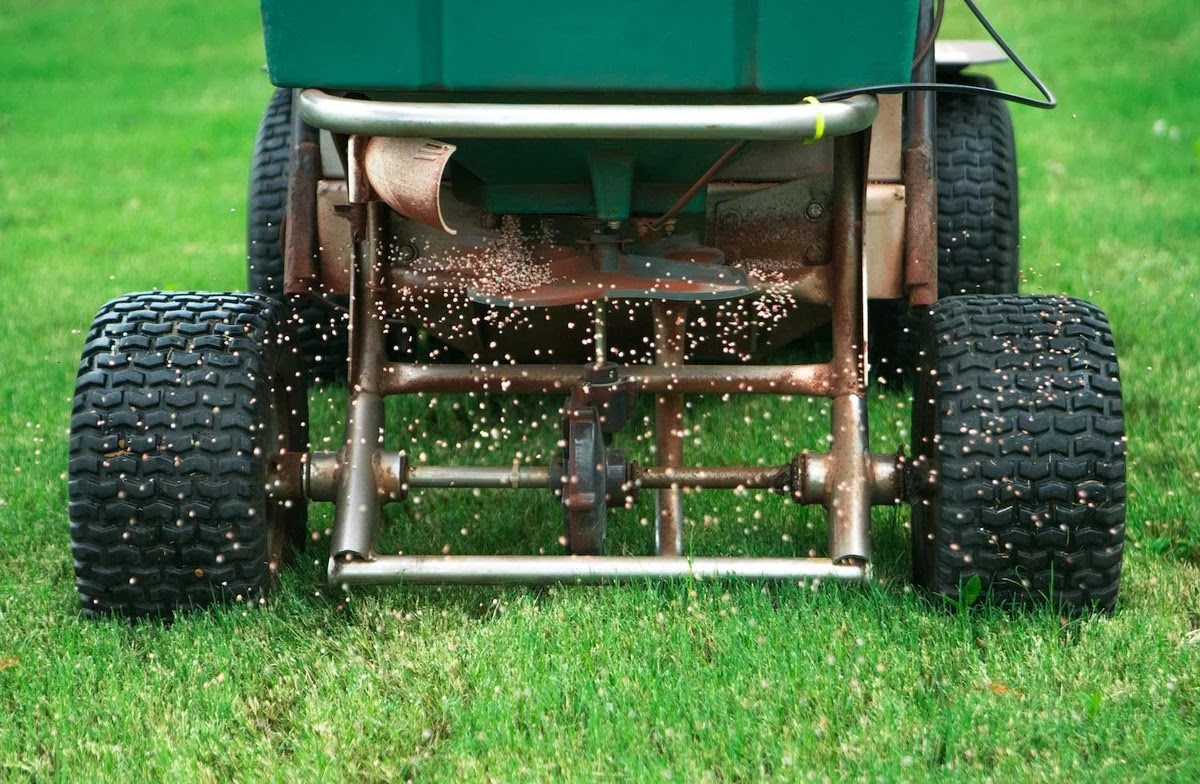
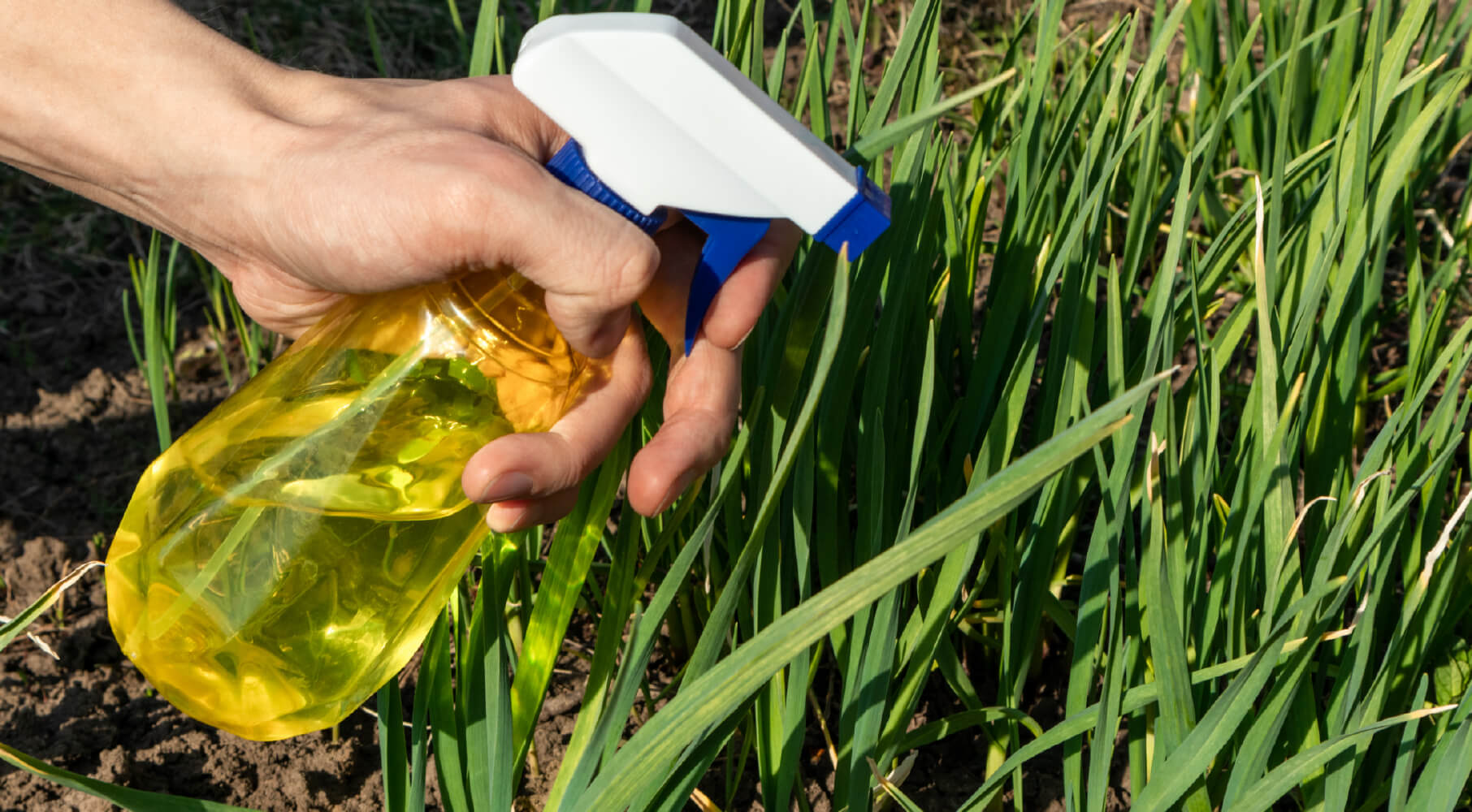
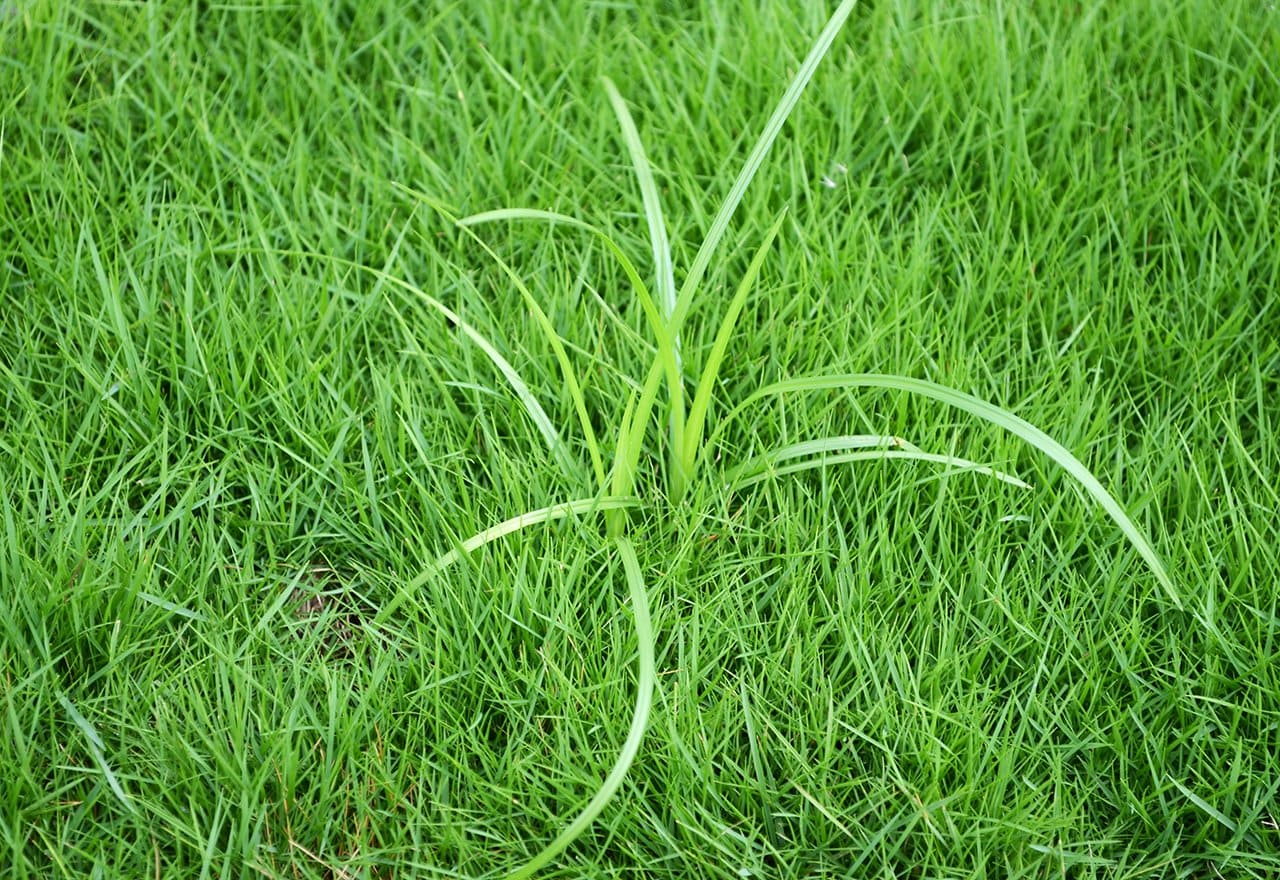
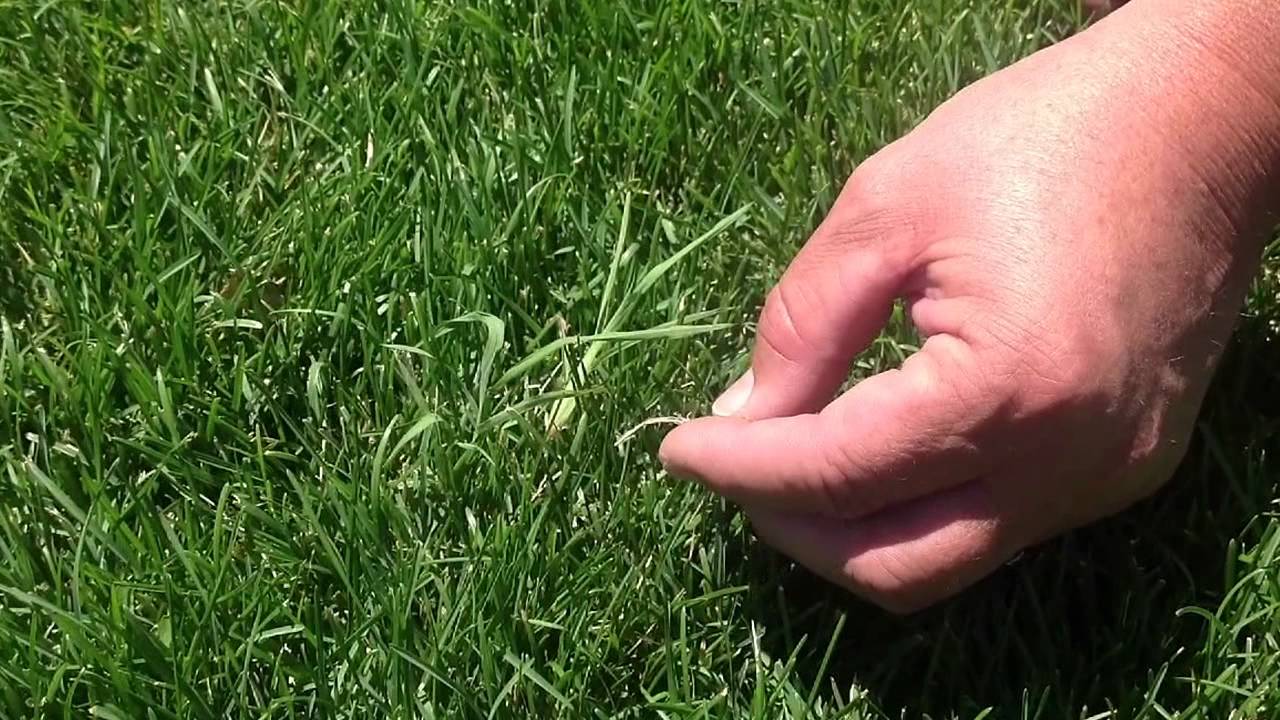
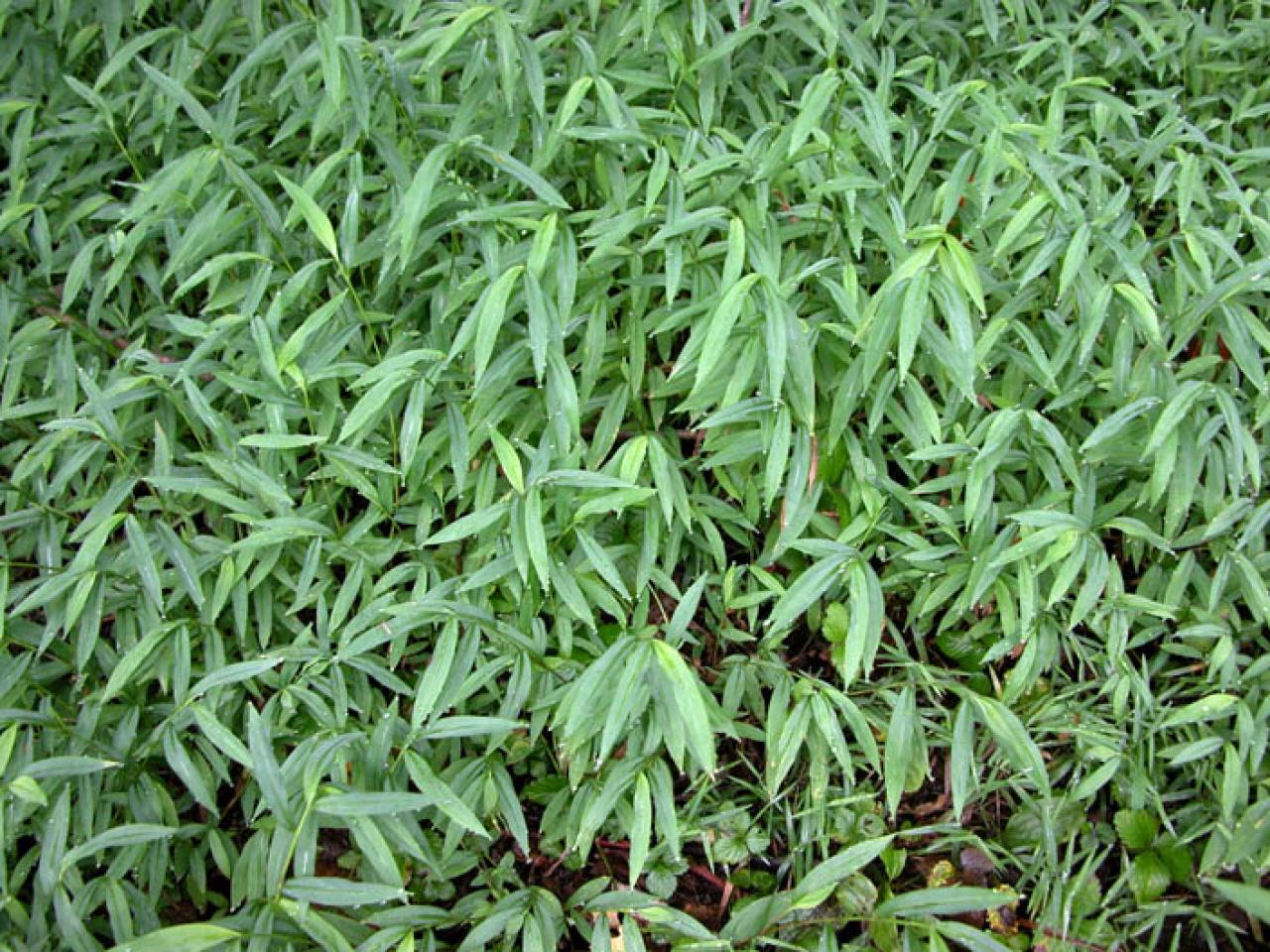
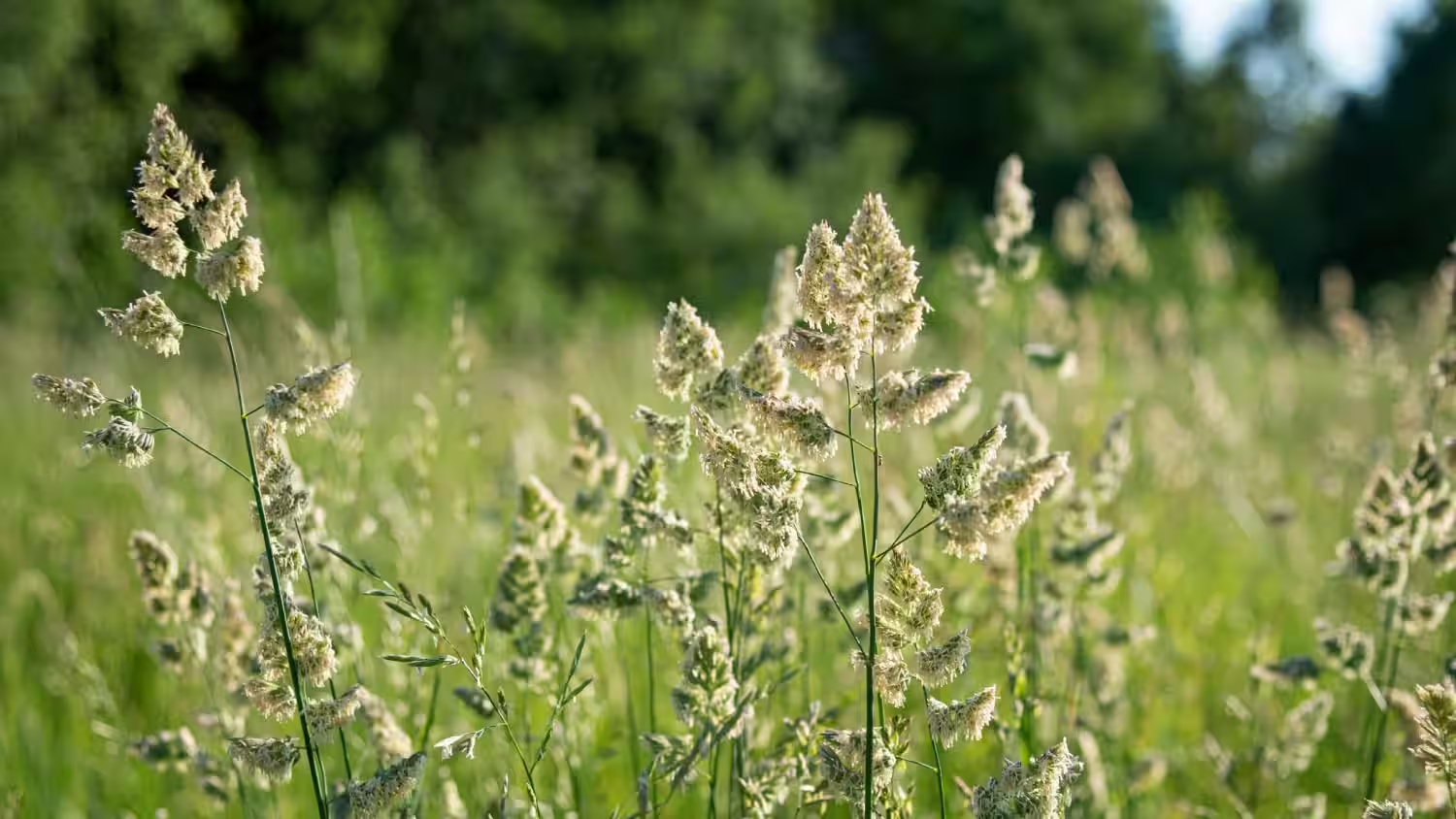
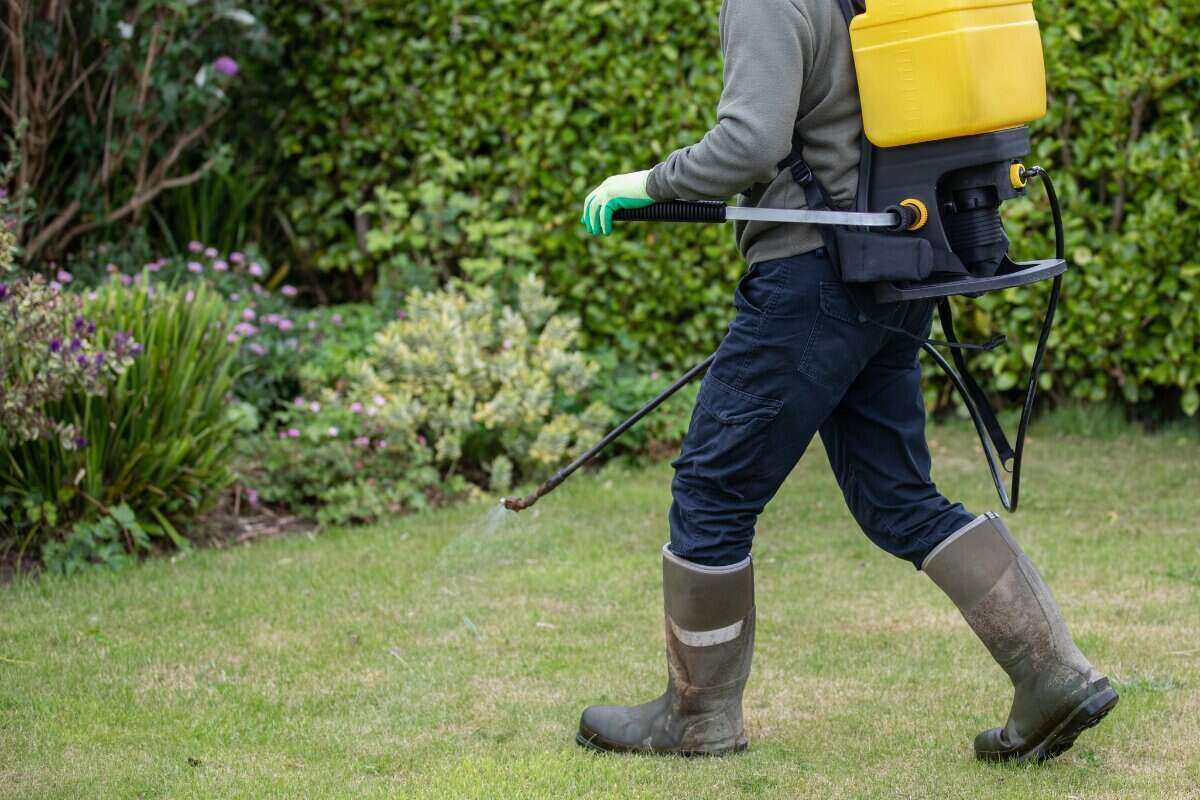

0 thoughts on “How To Fix Winter-Killed Grass”